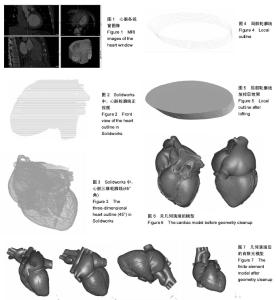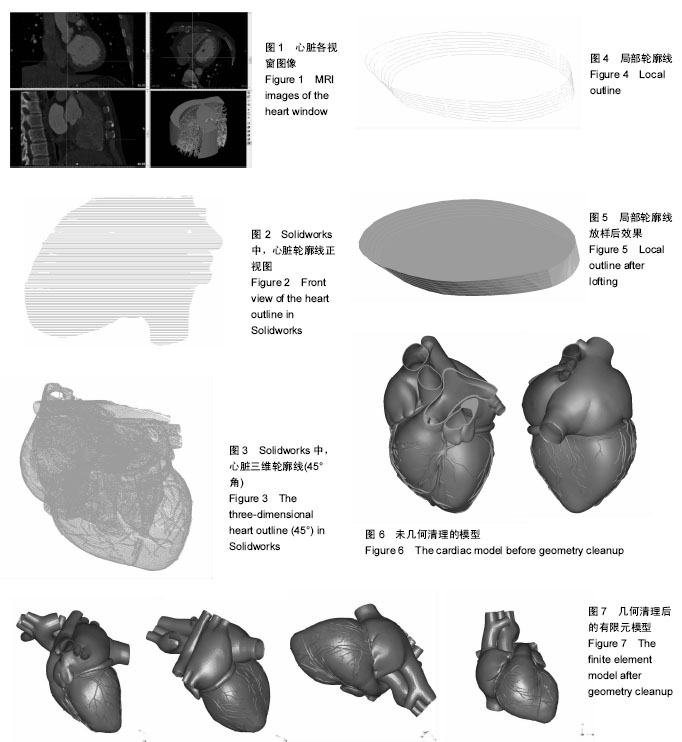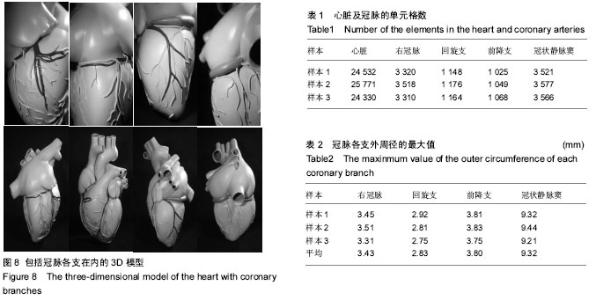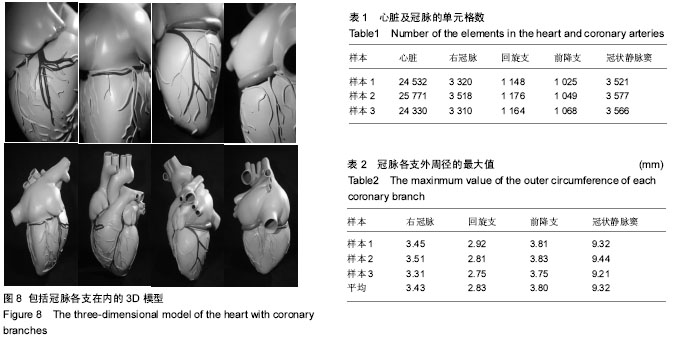| [1] Salgado Filho W, Martinez Filho EE, Horta P, et al. [Intracoronary inflammatory markers after percutaneous coronary interventions]. Arq Bras Cardiol. 2005;85(3): 180-185.[2] Choudhury L, Marsh JD. Myocardial infarction in young patients. Am J Med. 1999; 107(3): 254-261.[3] Vigneswaran HT,Grabel ZJ,Eberson CP,et al. Surgical treatment of adolescent idiopathic scoliosis in the United States from 1997 to 2012: an analysis of 20,346 patients. J Neurosurg Pediatr. 2015;16(3): 322-328.[4] John J,Rangarajan V, Savadi RC,et al. A finite element analysis of stress distribution in the bone, around the implant supporting a mandibular overdenture with ball/o ring and magnetic attachment. J Indian Prosthodont Soc. 2012;12(1): 37-44.[5] Han J, Sun Y, Wang C. Effect of Integration Patterns Around Implant Neck on Stress Distribution in Peri-Implant Bone: A Finite Element Analysis. J Prosthodont. 2016.[6] Czyz M,Scigala K,Bedzinski R,et al. Finite element modelling of the cervical spinal cord injury -- clinical assessment. Acta Bioeng Biomech. 2012;14(4): 23-29.[7] Milner JS,Moore JA,Rutt BK,et al.Hemodynamics of human carotid artery bifurcations: computational studies with models reconstructed from magnetic resonance imaging of normal subjects. J Vasc Surg. 1998;28(1): 143-156.[8] Feintuch A,Ruengsakulrach P,Lin A,et al. Hemodynamics in the mouse aortic arch as assessed by MRI, ultrasound, and numerical modeling. Am J Physiol Heart Circ Physiol. 2007; 292(2): H884-892.[9] Chen Y,Li Z, Chen HF. Computational study of CCR5 antagonist with support vector machines and three dimensional quantitative structure activity relationship methods. Chem Biol Drug Des. 2010;75(3): 295-309.[10] Wen CY,Yang AS,Tseng LY,et al. Investigation of pulsatile flowfield in healthy thoracic aorta models. Ann Biomed Eng. 2010;38(2): 391-402.[11] Xie X,Wang Y,Zhou H. Impact of coronary tortuosity on the coronary blood flow: a 3D computational study. J Biomech. 2013;46(11): 1833-1841.[12] Lee CH,Liu KS,Jhong GH,et al. Finite element analysis of helical flows in human aortic arch: a novel index. Biomicrofluidics. 2014;8(2): 024111.[13] 李建军,罗七一,谢志永,等.有限元分析在冠脉支架设计中的应用[J].生物医学工程学进展, 2009, 30(2): 74-79.[14] 武亮亮,张勇,周丰,等. 基于ANSYS Workbench刚度分析的人工心脏瓣膜设计[J]. 科学技术与工程, 2014, 14(10): 163-166.[15] 顾兆勇,潘友联,贾荣玺,等.大动脉调转手术规划的生物力学机理研究进展[J].北京工业大学学报, 2016,42 (1): 152-160.[16] Kjekshus J,Pedersen TR,Olsson AG,et al. The effects of simvastatin on the incidence of heart failure in patients with coronary heart disease. J Card Fail. 1997;3(4): 249-254.[17] Lipinski MJ,Martin RE,Cowley MJ,et al. Improved survival for stenting vs. balloon angioplasty for the treatment of coronary artery disease in patients with ischemic left ventricular dysfunction. Catheter Cardiovasc Interv. 2005;66(4): 547-553.[18] Bertrand OF,Rao SV,Pancholy S,et al. Transradial approach for coronary angiography and interventions: results of the first international transradial practice survey. JACC Cardiovasc Interv. 2010;3(10): 1022-1031.[19] 霍勇,洪涛. 经皮冠状动脉介入技术是当前治疗急性冠状动脉综合征的重要手段[J]. 中华心血管病杂志, 2006,34(6): 481-482.[20] 高润霖. 从急性心肌梗死治疗指南看再灌注治疗策略的选择[J].中华心血管病杂志, 2005, 33(11): 1061-1064.[21] Sutton JM,Ellis SG,Roubin GS,et al. Major clinical events after coronary stenting. The multicenter registry of acute and elective Gianturco-Roubin stent placement. The Gianturco-Roubin Intracoronary Stent Investigator Group. Circulation. 1994;89(3): 1126-1137.[22] 高润霖,陈纪林,杨跃进,等.冠状动脉内支架置入术1000例—单中心经验分析[J]. 中国循环杂志,1999,14(S1): 5-7. |



